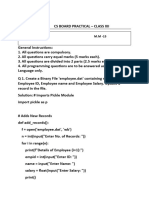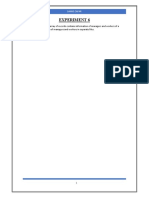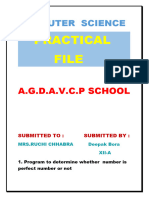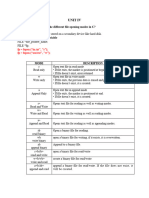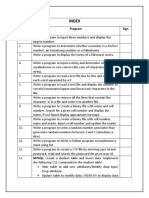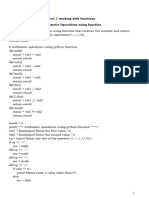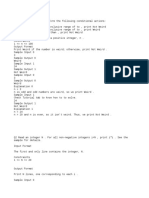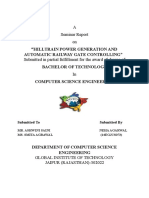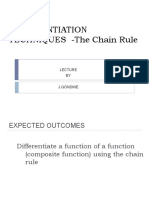0% found this document useful (0 votes)
54 views12 pagesAcpp Cat 2 Set 1 Answers
The document covers various programming concepts including command-line arguments in C, error handling functions for files, string manipulation in Python, and conditional statements. It includes code examples for managing student records in C, calculating multiplication in Python, and billing based on customer type. Additionally, it discusses the differences between compilers and interpreters, along with providing sample programs for practical understanding.
Uploaded by
ranganeerajrCopyright
© © All Rights Reserved
We take content rights seriously. If you suspect this is your content, claim it here.
Available Formats
Download as DOC, PDF, TXT or read online on Scribd
0% found this document useful (0 votes)
54 views12 pagesAcpp Cat 2 Set 1 Answers
The document covers various programming concepts including command-line arguments in C, error handling functions for files, string manipulation in Python, and conditional statements. It includes code examples for managing student records in C, calculating multiplication in Python, and billing based on customer type. Additionally, it discusses the differences between compilers and interpreters, along with providing sample programs for practical understanding.
Uploaded by
ranganeerajrCopyright
© © All Rights Reserved
We take content rights seriously. If you suspect this is your content, claim it here.
Available Formats
Download as DOC, PDF, TXT or read online on Scribd
/ 12


